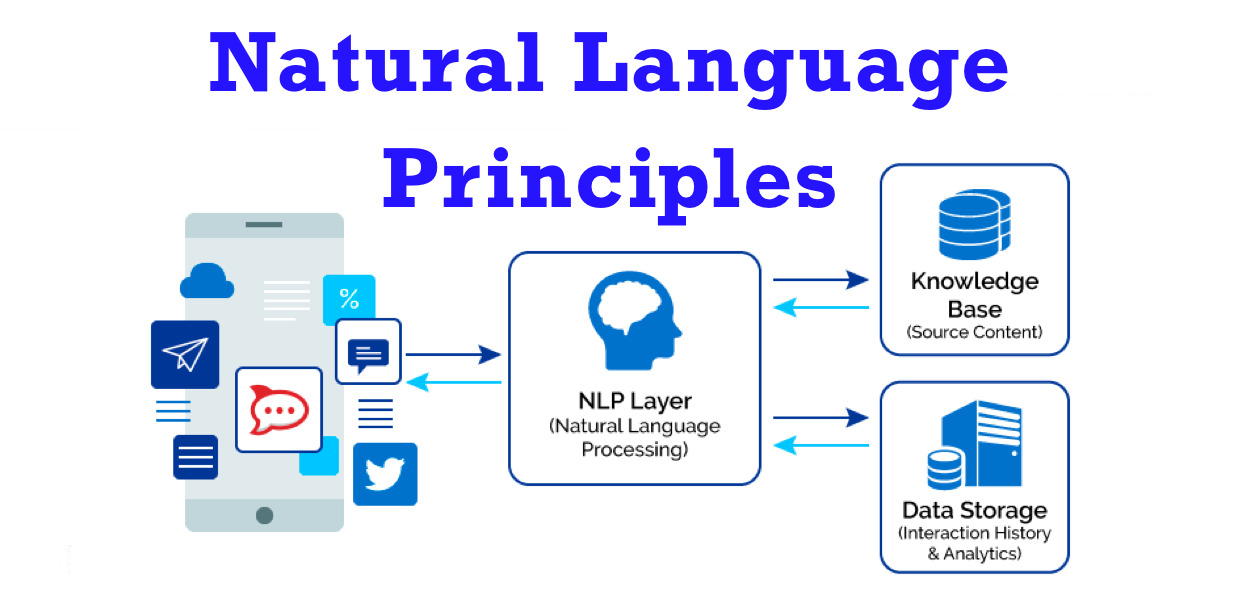submitted by /u/Botmywork
[link] [comments]
Category: Chat
-
Have You ever used a Facebook Messenger Chatbot? How was your experience? Good or Bad!!
-
Reasons Your Business Needs a Facebook Messenger Bot
Let your pillar of marketing getting more robust and make your business more productive. You might be wondering how then a Facebook bot can be your ultimate way of getting things done instantly. Let your customers have a seamless experience and connect with your brand over the most popular social media platform. For more detail, on “Reasons Your Business Needs a Facebook Messenger Bot.” Click the link.
submitted by /u/botpenguin1
[link] [comments] -
Methods to get raw information into chatbot database?
I’ve created a good chatbot architecture to potentially allow selling the service to clients. Which is great. But I’m trying to figure out a streamlined way for me or customers to enter information into a database for each client so that a chatbot could represent them and that keyword matches trigger the right content.
The problem I’m having (conceptually) is that different customers are so completely different.
For instance, if I were to use a questionnaire format, the range of questions would branch out into the hundreds depending on how a client answers a question. And it would require me creating those question templates, which would probably be a larger job than creating the chat bot itself! There is just too much different between the needs of a swimming pool salesperson, an artistic painter, and a dog kennel operator.
Another approach I’m considering is to simply feed the system raw text from a client’s website or supplied information, so that it’s not as nicely structured, but may at least make the information findable. For instance, keyword matches could bring up the paragraph that the keywords were found.
It seems that overall, creating GOOD chatbots for customers involves a lot of back end dev to massage different info to fit whatever architecture the chatbot works with.
does anyone have any insight on this, ideas to streamline the process for wildly different use cases?
submitted by /u/dyselixc
[link] [comments] -
How to add a chatbot to my website? Are Facebook Messenger chatbot builders any good?
For ecommerce website.
submitted by /u/ftf0
[link] [comments] -
“Direct” source of manychat isn’t starting flow, or goes to the wrong flow
I have a few ManyChat flows but am getting quite a few subs from “direct” source of traffic. I can’t figure out what the source is, and it’s sending them to a flow that isn’t working. Any idea how I fix this?
submitted by /u/yallapapi
[link] [comments] -
+++ NOW+++ Subs for Cam Group on Skype
Hey I´m searching for Subs which wanna join a Sub cam Group on Skype
– all subs with face
– max. 45yo
PM me if interested!
submitted by /u/dommef23
[link] [comments] -
How are Chatbots Reshaping the Real Estate Sector?
Real estate is one of the area of industry where deal-making tactic is better communication. It plays a vital role in overall growth. Thus, to offer a seamless user experience, you need to have a real estate bot and give the users ability to navigate better properties and resolve their queries regarding the property. If you want to know more about real estate, chatbot read, “How are Chatbots Reshaping the Real Estate Sector?“
submitted by /u/botpenguin1
[link] [comments]

